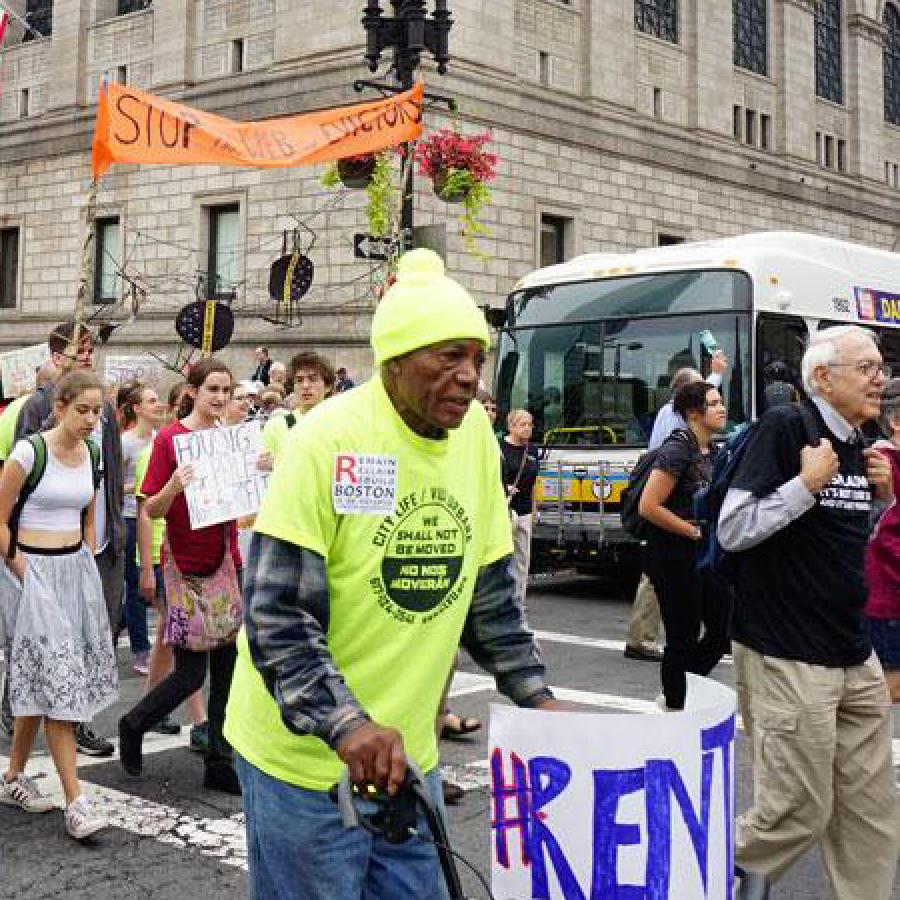Court Protects Sanctuary Cities From Trump’s Threats
Sanctuary cities have won protection – for the time being – from President Trump’s threats to pull federal funding from jurisdictions that do not cooperate with his anti-immigrant agenda. In a major victory for sanctuary cities and the advocates who support them, a federal district court in California recently blocked the Trump administration from enforcing an executive order that attempts to pull current and future federal funds from local jurisdictions that adopt sanctuary policies.
Ruling in favor of the City of San Francisco and Santa Clara County, Judge William Orrick held that the President’s attempt to coerce local jurisdictions into assisting in enforcement of federal immigration policy is likely unconstitutional. The court issued a nationwide injunction prohibiting enforcement of the main terms of the executive order. This is a critical ruling for the growing sanctuary city movement, because it protects local jurisdictions from the administration’s threatened legal and fiscal consequences – and validates the strong legal arguments against the President’s executive order, as described below.
Though there is no formal definition of “sanctuary cities,” the name usually refers to local jurisdictions that prohibit their employees from assisting federal authorities with enforcement of immigration laws. This approach is an effort to protect the safety and well-being of residents – particularly those who are targets of increased surveillance and threat, such as immigrants, Muslims, and people of color. Sanctuary policies have been spreading rapidly, as local leaders have sought to push back against the anti-immigrant and anti-Muslim rhetoric and discrimination that has characterized the new administration.
When President Trump signed executive order 13768 in January, it injected major uncertainty into local budget processes for cities that have adopted sanctuary policies or are considering doing so, and led to widespread confusion regarding the order’s scope and the impact. Because of the amount of federal funds at stake, many local jurisdictions naturally feared the consequences of any cutback in federal funds based on sanctuary policies.
However, the executive order threatened such cuts to a degree well beyond what the law permits. As explained in a letter from over 300 law professors, the Constitution sets out strict limitations that are violated by the broad language of the executive order:
- the administration can’t add new conditions to existing federal grants;
- Congress, not the administration, sets the terms of federal grants;
- the administration cannot “commandeer” local officials to carry out federal policies; and
- even when Congress wants to add conditions to future grants, the conditions must be closely related to the purposes of the grant.
Taken together, these legal principles greatly limit the threat to federal funding received by sanctuary cities, now and in the future. The court’s ruling validates these principles, and at least temporarily restrains the administration from using federal funding to coerce local jurisdictions.
Though this lower-court ruling could be overruled or modified on appeal, for now, sanctuary cities, counties, and other spaces have gained significant breathing room as they fight to protect their most vulnerable residents. Local officials considering sanctuary policies – and the advocates for our immigrant communities – should keep in mind that the administration’s threats to cut federal funding are largely empty, and are likely to continue to be reined in by the courts.


